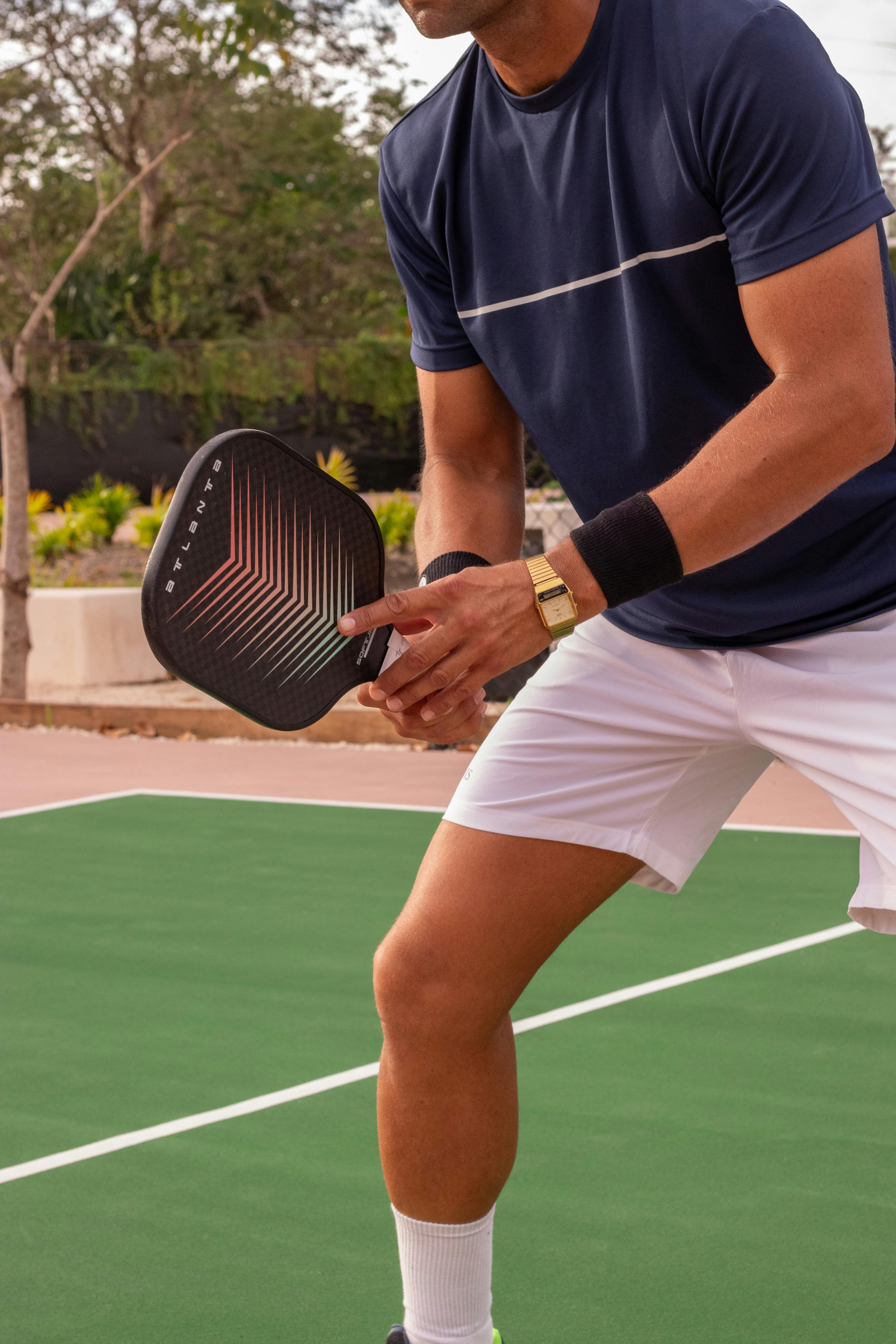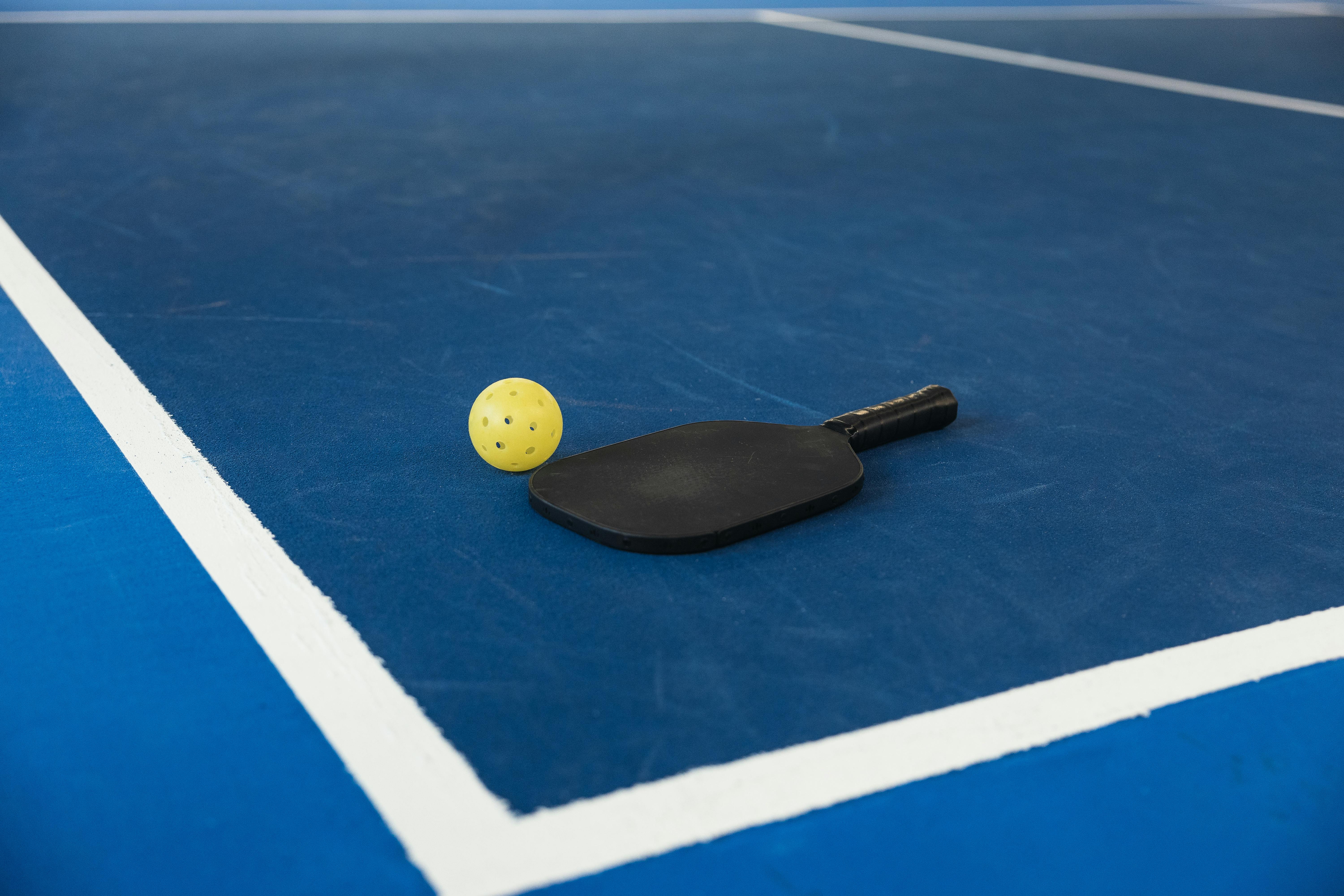Choosing between a 13mm and a 16mm pickleball paddle is more than just a numbers game—it’s a decision that impacts every shot, rally, and moment you spend on the court. At PickleballMate, we see players from all backgrounds face the same question: does thickness actually matter, or is it just a marketing term? If you value quality, control, and feeling part of a passionate community, let’s dig deep into what paddle thickness really means—so you can play and shop like a pickleball insider.
Understanding Paddle Thickness: What Those Millimeters Actually Do
Pickleball paddle thickness refers to the depth of the paddle’s core—the honeycomb layer sandwiched between the paddle’s faces. Generally, most modern paddles range from 13mm (thin) to 16mm (thick), with each increment creating a noticeably different playing feel.
- 13mm cores = “thin paddles” — designed for quick rebound and aggressiveness.
- 16mm cores = “thicker paddles” — more about touch, finesse, and shock absorption.
A shift of just 3mm in core thickness can significantly affect speed, power, comfort, and even your ability to protect your joints over time.
The Science Behind Thickness: Power vs. Control
Why 13mm Paddles Pack a Punch
If you like to play on your front foot—think quick drives and counterattacks—a 13mm paddle can feel like an extension of your will. Here’s why:
- Faster Ball Response: Less core material means less time for the ball to linger, resulting in a brisk, crisp feel with powerful returns.
- Offensive Play: Ideal for singles, hand battles at the net, or anyone who loves generating speed with every shot.
- Feedback: Expect a noticeable “pop” when you strike the ball—great for those who rely on tactile feedback to adjust their shots mid-rally.
However, that snap comes at a cost. Thinner paddles offer less forgiveness, making it easier to send touch shots long or struggle with control in delicate situations.
Why 16mm Paddles Offer Unmatched Control
Are you the strategist on your court, loving long exchanges, perfectly placed drops, and feeling confident at the line? If so, 16mm might just be your sweet spot.
- Softer Feel: With extra honeycomb to dissipate impact, these paddles allow the ball to linger, providing a “catch-and-release” sensation for dinks, resets, and lobs.
- Forgiving Touch: Miss-hits are tamed, making it easier to control placement and keep rallies going.
- Joint Protection: The extra thickness absorbs shock—if you play regularly or have a history of elbow or wrist issues, this can make a world of difference.
While you give up a bit of immediate power, the increased consistency and comfort are often worth it, especially in doubles play or as you improve your technique.
Let’s Compare: 13mm vs 16mm at a Glance
| Feature | 13mm Paddle | 16mm Paddle |
|---|---|---|
| Power | Fast rebound, more “pop,” ideal for driving shots | Absorbs pace, slightly muted, favors placement |
| Control | Requires precise timing, less forgiving on soft shots | Maximum control, easy resets and dinks |
| Feel & Comfort | Crisp, can transfer more vibration to arm | Soft, gentle on joints and muscles |
| Best for | Players who want power, fast pace, singles, net play | Players prioritizing accuracy, strategic doubles, injury prevention |
Which Thickness Matches Your Play Style?
We’ve seen hundreds of players at local clubs and tournaments face this dilemma—and the right answer is highly individual. Here’s how to align your paddle with your goals:
- New players or those seeking consistency? Start with a 16mm paddle. The boost in control and the joint-friendly comfort make it our top choice for most building their skills or battling minor injuries.
- Coming from tennis or other racquet sports? If you’re used to aggressive drives and quick reflex volleys, the sharper feedback of a 13mm may be just what you’re craving.
- Competing in mixed formats? Many competitive players keep both thicknesses on hand, choosing based on singles (13mm: power) vs. doubles (16mm: finesse and resets).
- Sensitive arms or frequently playing long sessions? Lean into a 16mm paddle and watch your endurance (and joint health) improve.
Expert Strategies to Maximize Your Paddle Choice
- Demo Both Thicknesses — If your club or retailer allows, borrowing both thicknesses for a few sessions is invaluable. Notice how your shot depth and consistency change during fast rallies vs. dinking at the kitchen.
- Balance Weight and Grip — Don’t disregard total paddle weight or grip size. Thickness is only one part of the equation, and finding your personal balance creates a paddle that feels tailor-made.
- Let Your Needs Evolve — As your skills grow, reevaluate. It’s common for players to start thick for confidence, then add a thin paddle as their game matures.
FAQs: Paddle Thickness, Power, and Control
- Will a thicker paddle kill my power?
- A 16mm paddle does soften shots, but refined technique can still generate plenty of pace. Most advanced players find the control is well worth the minor dip.
- Can I put spin on the ball with a thick core?
- Absolutely. Spin is more dependent on face material and texture—thickness doesn’t reduce your ability to add spin.
- What do professionals use?
- Many pro players gravitate towards 16mm paddles for doubles control. Singles specialists sometimes favor 13mm for fast counters and drives. Explore what the pros are using in our review: What Pickleball Paddles do the Pros Use.
A Few Cautions: Don’t Get Stuck on Numbers Alone
The paddle landscape is crowded—one brand’s 16mm may not feel exactly like another’s due to different honeycomb shapes or face compositions. The only way to truly know your fit is hands-on play. Also, let your playing objectives (and your body) lead the decision, not marketing buzzwords.
Final Thoughts: Find Your Sweet Spot (and Your Community)
Whether you’re loving the sharp pop of a 13mm or the buttery control of a 16mm, paddle thickness is your secret weapon for unlocking your unique style. At PickleballMate, we’re passionate about helping you discover the game’s nuances and connecting you with gear and advice to bring out your best—on and off the court.
Curious to compare specific paddles or want more hands-on recommendations? Check out our detailed buying guides and reviews or sign up for our emails for tech breakdowns, latest trends, and member-only deals. See you on the court!






